Understanding Energy Efficiency Standards for Smart Lighting Switches
Introduction: The Push for Smarter Energy Use
As global energy demands rise and environmental concerns grow, smart lighting switches have emerged as powerful tools for reducing electricity consumption. However, not all smart switches are created equal when it comes to energy efficiency. This guide explores key energy efficiency standards and certifications that consumers and businesses should understand when selecting smart lighting controls.
Why Energy Efficiency Standards Matter
Energy efficiency standards for smart switches:
-
Reduce wasted electricity (standby power consumption)
-
Ensure minimum performance requirements
-
Provide measurable benchmarks for comparison
-
Often qualify products for utility rebates and incentives
Key Global Energy Efficiency Standards
1. ENERGY STAR Certification (North America)
Requirements:
-
Standby power ≤ 0.5W
-
Must enable scheduling/automation
-
Minimum 90% electrical efficiency
-
Network connectivity standards
Benefits: Qualifies for utility rebates and demonstrates top-tier efficiency
2. EU Ecodesign Directive (Europe)
Key Provisions:
-
Standby power ≤ 0.5W (0.2W for networked)
-
Must support dimming functionality
-
Minimum 85% efficiency at 50% load
-
Required power factor ≥ 0.9
3. MEPS (Minimum Energy Performance Standards)
Regional Variations:
-
Australia: ≤ 1W standby
-
China: ≤ 2W standby (Class 1)
-
Japan: Top Runner Program standards
Technical Factors Affecting Efficiency
-
Standby Power Consumption
-
Best-in-class: <0.3W
-
Average: 0.5-1W
-
Poor: >2W
-
-
Load Compatibility
-
LED vs incandescent handling
-
Minimum/maximum load requirements
-
-
Power Conversion Efficiency
-
Switch-mode vs relay designs
-
Typical range: 85-98%
-
-
Network Efficiency
-
Zigbee 3.0 vs WiFi vs Bluetooth LE
-
Protocol power demands comparison
-
Emerging Smart Switch Technologies Boosting Efficiency
-
Energy Harvesting Switches
-
Kinetic or solar-powered
-
Zero standby consumption
-
-
Adaptive Learning Controls
-
AI-powered usage optimization
-
Automatic daylight harvesting
-
-
Power-Monitoring Switches
-
Real-time consumption tracking
-
Circuit-level energy analytics
-
How to Choose an Energy-Efficient Smart Switch
Checklist:
✓ Look for ENERGY STAR or equivalent certification
✓ Verify standby power specifications
✓ Confirm compatibility with your bulb types
✓ Check for advanced scheduling features
✓ Research connectivity protocol efficiency
Red Flags:
-
No published efficiency data
-
High standby power (>1W)
-
Limited automation capabilities
The Future of Efficiency Standards
Upcoming developments:
-
Tighter standby requirements (≤0.2W)
-
Mandatory power monitoring features
-
Harmonization of global standards
-
IoT network efficiency benchmarks
Conclusion: Smart Choices for Smart Savings
Understanding energy efficiency standards ensures you select smart switches that deliver both convenience and genuine energy savings. By choosing certified products with low standby consumption and advanced features, consumers can:
-
Reduce electricity bills by 15-30%
-
Qualify for energy rebates
-
Minimize environmental impact
Pro Tip: Always verify current certifications, as standards evolve annually to push for greater efficiency.
No comments



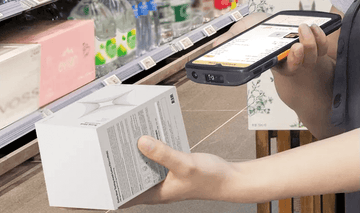

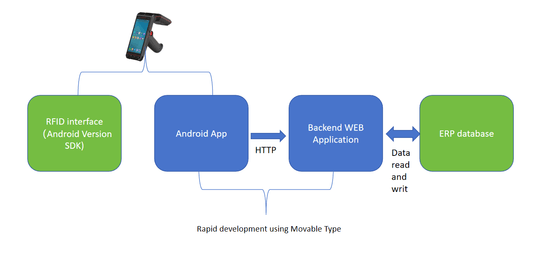
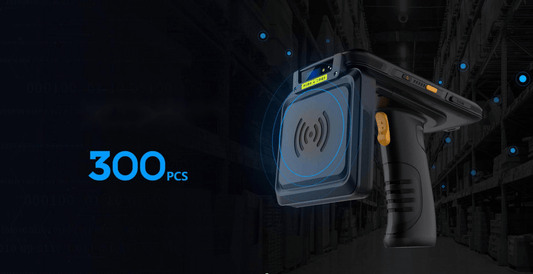
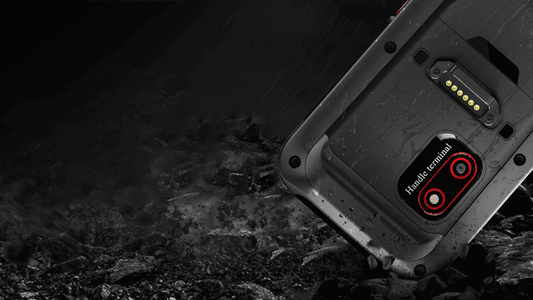


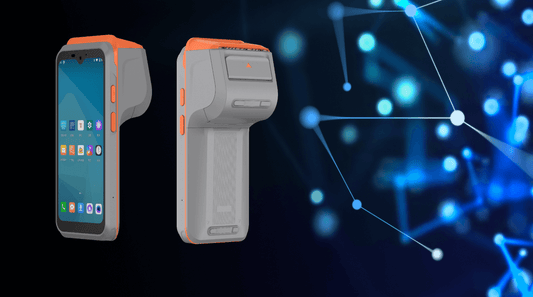
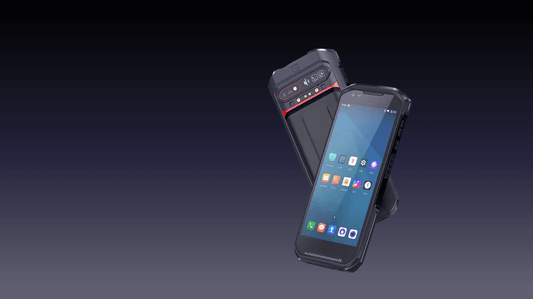
0 comments